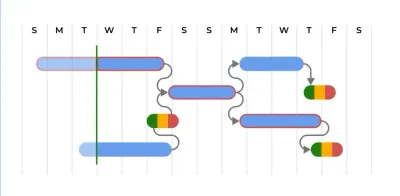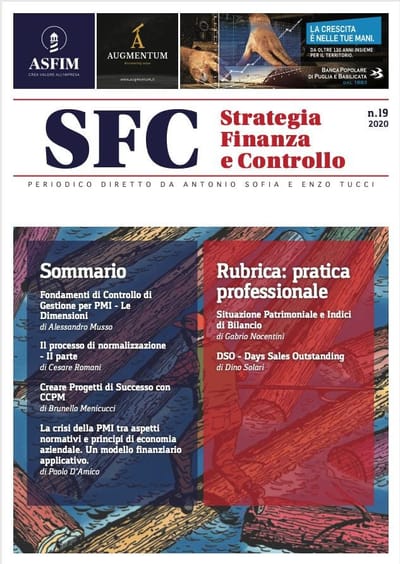Critical Chain Project Management (CCPM), an approach derived from the Theory of Constraints (TOC), is designed to deliver projects faster and more reliably by focusing on resource availability and managing uncertainty with project buffers. However, its effectiveness hinges on correct application. A five-minute read is all it takes to learn about the most common missteps. Avoid these errors, and you'll significantly increase your CCPM success rate!
1. Failing to Properly Stagger Task Estimates
A cornerstone of CCPM is asking individuals to provide "focused" or "aggressive but achievable" task duration estimates—not the typical padded "safe" estimates. The removed padding is then aggregated to form the Project Buffer and Feeding Buffers.
The Mistake: Project teams often revert to their old habits and continue to add safety margins to their estimates even after being told to provide focused estimates. This effectively doubles the project's protection (original padding plus the new buffers), masking the true critical chain and resulting in unnecessarily long projects.
The Fix: Thoroughly train the team on the concept of focused estimates and explain that the centralized buffers will protect the project. Track the actual completion times against the focused estimates to build confidence in the new process.
2. Mismanaging Resource Buffers
CCPM explicitly addresses resource contention—the problem of multiple tasks needing the same constrained resource at the same time. Resource Buffers are strategically placed "alarm signals" designed to prompt key resources to prepare to start their next critical chain task, ensuring they are available when needed.
The Mistake: Treating Resource Buffers as time to "wait" rather than as a proactive alert mechanism. Another common error is failing to clearly identify the bottleneck resource(s) in the first place, or assigning them to non-critical tasks.
The Fix: Ensure the Resource Buffer trigger initiates a proactive check-in and preparation (e.g., getting materials ready, clearing their schedule). The most constrained resource(s)—the drum of the project—must be protected and kept fully utilized only on the critical chain or tasks immediately feeding it.
3. Ignoring Buffer Management Metrics
CCPM's primary control mechanism is Buffer Management, which monitors the consumption of the Project Buffer relative to the percentage of the Critical Chain completed. This provides an early warning system for potential schedule overruns.
The Mistake: Failing to regularly monitor the Buffer Consumption Chart or, worse, having the team panic and accelerate work the moment any buffer is consumed, regardless of the buffer's color zone (Green, Yellow, Red). This leads to rushed work, errors, and an eventual return to task-level padding.
The Fix: Use the Buffer Consumption Chart to manage the project, not the individual tasks. The chart’s zones dictate the required action:
- Green: No action needed.
- Yellow: Prepare a recovery plan.
- Red: Execute the recovery plan.
4. Punishing Early Finishes
In a traditional multi-tasking environment, finishing a task early often leads to the resource immediately starting the next task, regardless of whether that task is on the critical path.
The Mistake: Creating an environment where people feel they must "hoard" time or delay reporting an early finish for fear of being immediately reassigned or having their future estimates scrutinized. CCPM thrives on the early finish of individual tasks because those gains flow directly into the project buffer.
The Fix: Celebrate early finishes! Emphasize the importance of immediately passing the work to the next resource and re-sequencing the resource's subsequent tasks if possible. An early finish means the next person on the Critical Chain gets the work sooner—a true project win.
5. Continuing Task-Level Multi-tasking
CCPM is founded on the principle of single-task focus to reduce the crippling effects of context-switching and task priority conflicts.
The Mistake: Even after implementing CCPM, resources (especially managers and functional leads) often continue to juggle multiple non-critical tasks simultaneously, which ultimately delays critical chain tasks. Interruptions are a major cause of buffer depletion.
The Fix: Enforce a strict "Full-Kit, Full-Focus" rule for Critical Chain tasks. A resource should not start a task unless all necessary prerequisites (the "Full Kit") are available, and once started, they should work on it until completion without switching to other projects or tasks ("Full Focus"). This dedicated effort dramatically cuts down task durations and increases quality.
By addressing these five common mistakes, your organization can move past simply adopting the terminology of CCPM and start realizing the immense benefits of faster project delivery and improved predictability.






